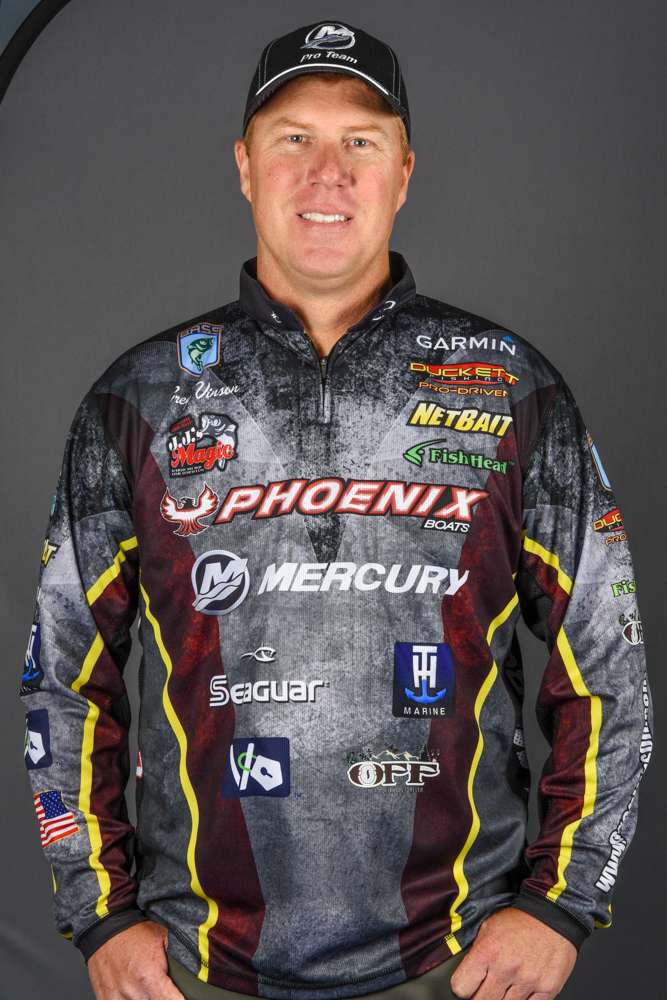
We hear a lot about catching bass during and after the fall drawdown. What we don’t hear so much about is finding the depth we want to fish. It’s as if it’s a puzzle that’s almost impossible to solve, especially when the water level is changing. But the truth is that it isn’t all that hard. Combining the features on your electronics with simple math will get you where you want to be in short order.
If you have one of the newer and more sophisticated electronic units — I have a Garmin and love it — it’s really easy to make the necessary adjustments. They’ll integrate your maps with a depth adjustment feature in the unit so that the map shows the true depth of the water, not the depth at normal pool.
If your unit isn’t new, it’s still a fairly easy process to determine the true depth of the water. Just take the current amount of drawdown and subtract it from the hydrographic lines on your lake map.
Either way you’ll be able to determine the depth of the water anywhere in the lake. However, making accurate calculations requires accurate information about how far the water is really down. Get this from the Corps of Engineers or the state DNR agency.
Anglers and boaters mean well when they tell you the lake is down 10 feet. That’ll work when they’re right. But, lake levels can change daily.
Occasionally there will be a distinct waterline along the concrete or rock structures surrounding the lake that can serve as a general reference. This works better on lakes where the levels have held close to full pool for extended periods of time. But, that’s still only a general reference.
If it’s down 12 feet, as opposed to 10, you may hit a rock on a point or on a sandbar. At best you’ll tear up a prop or lower unit. At worse you’ll have a serious accident. Safety during a drawdown is no small matter. Take it seriously. Besides, you’ll catch more fish if you can dial in a specific depth to target. Some lakes can fall a foot or more in a day so it always helps to check water level just before going out.
Another feature that’s useful is the shading option that’s available on some units. Once you’ve adjusted your unit to the current water depth you can select different colors to show different depths. If you want water between 5 and 10 feet deep, just tell your unit to color those depths green. That means go. You can color shallower water red for stop. And maybe blue stands for the deep stuff. One glance at your map will tell you what’s going on anywhere on the lake.
The important part is that the fall drawdown isn’t as complicated when you have current and accurate information.
Another thing about the fall drawdown is that it can help concentrate the fish. When the water’s pulled away from the shoreline, the forage and the fish have fewer places to hide. A laydown log that would normally hold one fish during normal pool can hold multiple fish if it’s the only good piece of cover covered over with water.
Keeping your boat and your bait in the high percentage depth ranges will help you catch more fish this fall. It’s worth the time it takes to get it right.

